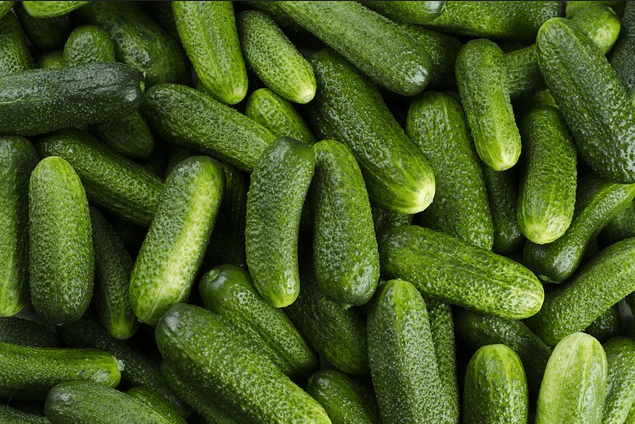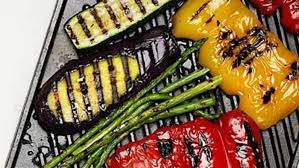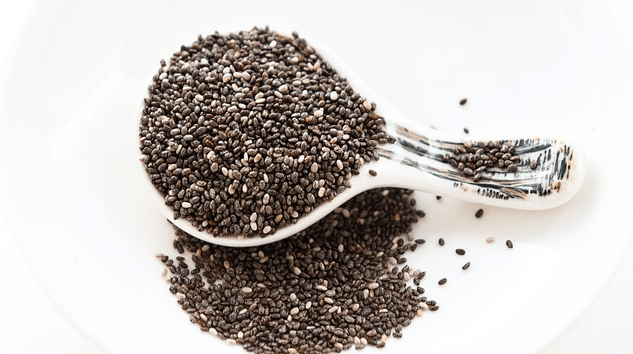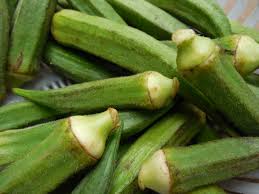The cucumber is one of our most basic vegetables, an integral natural part of the Israeli salad. It's a vegetable that has been cultivated here, in one variation or another, for centuries. There are many varieties of cucumbers, and we often don't dwell on the differences between them (though I've dedicated newsletters to specific varieties like the pickling cucumber or the Japanese cucumber).
The gherkin can also be defined as a variety of cucumber, but in my opinion, its context makes it something entirely different. Like most cucumbers, the gherkin originates from the Indian subcontinent, but it owes its unique status to the French, who also gave it its name.
The cucumber arrived in the Middle East as a standard crop centuries ago, but it took longer to reach Western Europe, and the canonical French cuisine only incorporated the cucumber in the 17th century. The innovation introduced by the French was that, alongside regular cucumbers, they also adopted a variety that produced small cucumbers, or as they're sometimes called here, "baby cucumbers," today known as gherkins.
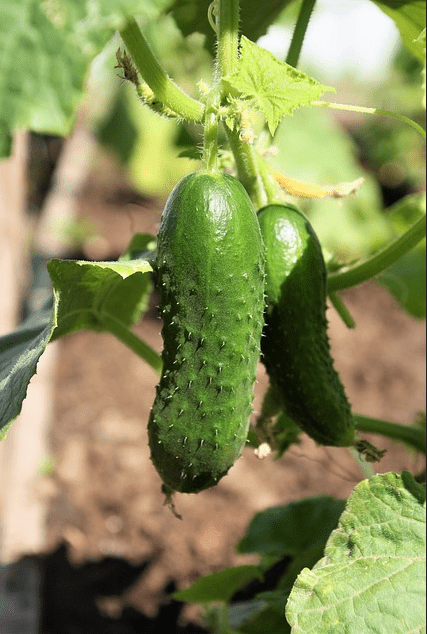
As is typical of the French, each variety has a specific role, and the French quickly discovered that the gherkin, though tiny, is incredibly tasty when pickled in vinegar.
In its pickled state, no other cucumber can compete with the tiny gherkin, I swear. To illustrate, like most people, I prefer cucumbers pickled in salt and find cucumbers in vinegar to be quite off-putting; that is, until I encounter a gherkin, which is traditionally pickled in vinegar and in its case, it doesn't bother me at all.
Speaking of the name, "gherkin" in French means something like "cooked meat." How did a cucumber get such a strange name? Well, as I mentioned, the gherkin was intended to be, grown to be, and prepared to be pickled in vinegar, which prepared it for the next step – serving alongside smoked meats and sausages (even today, dignified hamburgers will be served alongside a gherkin), hence the nickname that became its official name.
The problem is that "gherkin" has become synonymous with pickled cucumber in some places, and you can sometimes find a jar or can of ordinary pickled cucumbers labeled as "gherkins" in the supermarket or deli.
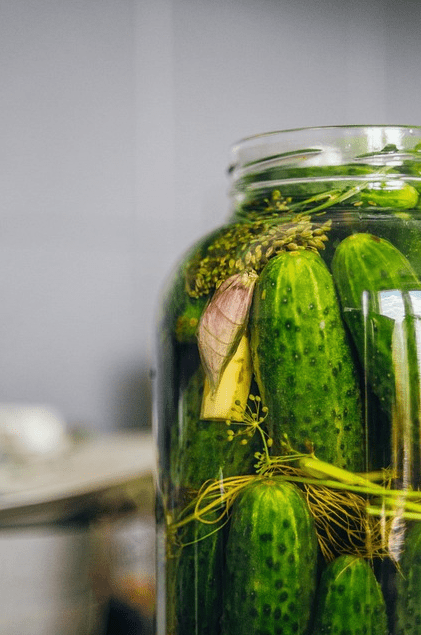
In the case of the gherkin, the difference from regular cucumber varieties is not limited to proportions. In addition to its small size (1 to 7 cm), the gherkin has a rough skin that differs from the smooth skin of the familiar cucumber.
But the real difference is in the taste. The gherkin is especially crunchy and has a richer flavor profile than regular cucumbers, which some claim are tasteless. In any case, it's with us this week.
What do you do with it?
You can, of course, pickle it yourself, which is much simpler than it seems (basically, you can wash it and seal it in a jar of vinegar with bay leaves and peppers), but since I believe in the virtues of laziness, I won't urge you to pickle it. The gherkin is also excellent fresh and raw, and as I mentioned, it's wonderfully crunchy.

